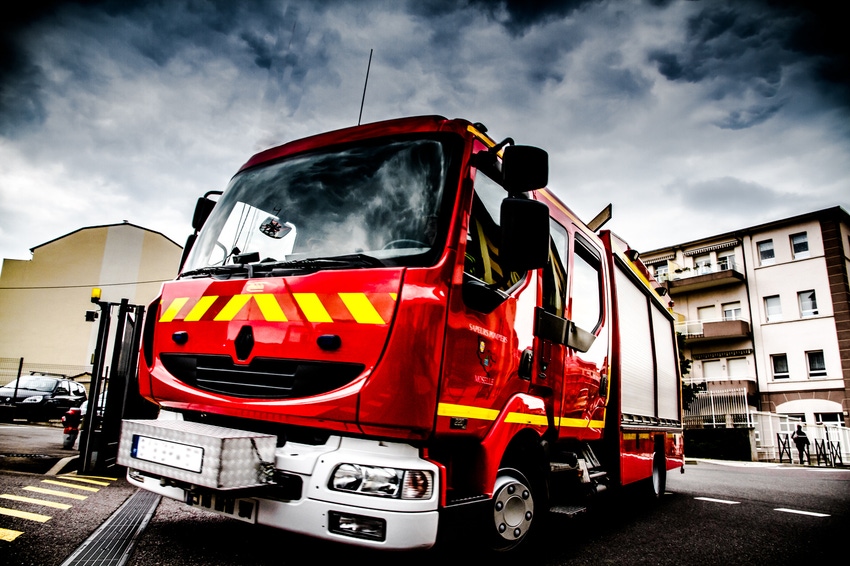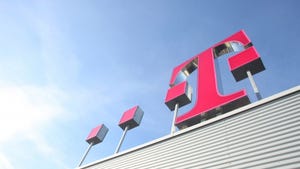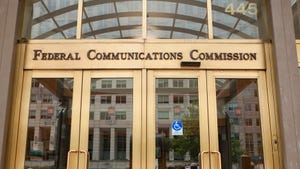O2 out of UK emergency services LTE tender, EE lone runner
Government plans to shift emergency communication services to cellular infrastructure have taken a knock after O2, one of just two mobile operators tendering for the contract, pulled out of the running, according to the FT.
June 9, 2015

Government plans to move emergency communication services to cellular infrastructure have taken a knock after O2, one of just two mobile operators tendering for the contract, pulled out of the running, according to the FT.
O2’s decision to withdraw stems from its impending acquisition by Hutchison Whampoa, with the mobile operator primarily citing commercial considerations. Its withdrawal leaves EE, and therefore BT, as the only remaining bidder for the contract. Naturally, the Home Office said it was disappointed one of the UK’s largest operators had withdrawn from the tender process.
“O2 Telefónica’s decision to withdraw, for commercial reasons, from the procurement process to provide the UK with a new emergency services communications network is disappointing,” it said.
The government’s stated plans to migrate emergency communications services from TETRA two-way radio networks to a cellular, ubiquitous 4G service has been protracted and slow to move, perhaps unsurprisingly. In 2013, the Home Office announced the Emergency Services Mobile Communications Programme (ESMCP) – plans for a dedicated emergency services network (ESN) which it said would “provide the next generation integrated critical voice and broadband data services for the 3ES (police, fire and rescue, and ambulance).”
At the time, eight firms were said to be in the running for the contract to run various aspects of the new network, which is split in to three “Lots”. Lot 1 consisted of delivery partners to ensure the smooth integration with and migration to existing TETRA infrastructure and the ESN; Lot 2, meanwhile, related to user services, account management and device management; while Lot 3 is the mobile service being provided by an MNO. O2’s withdrawal means EE is the only operator running for the Lot 3 contract, which is due to be awarded in late 2015.
Due to cellular ‘not-spots’, the government initially considered a 4th Lot, which would have seen a contracted agreement for an MNO to extend guaranteed signal coverage to ensure mobile coverage. It retracted its desire to tender a Lot 4 contract, stating its evaluation efforts concluded that areas of poor mobile coverage are few and far between, and revisions to the requirements of the Lot 3 contract will see sufficient coverage gains.
Mike Penning, Minister for Policing, reckons an LTE-based emergency services network is integral to the future of public safety.
“The quality of the bids means the areas of the UK that would have remained covered by the Lot 4 ‘extension to mobile services’ contract are now significantly smaller than we envisaged, therefore we do not need to proceed with the contract in its current form,” he said. “The new ESN will be the best in the world and give the emergency services new and vital tools they can use to protect the public and save lives.”
Last year, Ofcom cited emergency service-oriented cellular network coverage as one of its key ambitions for its future UK communications strategy. Transition to ESN scheduled to occur from the start of 2017, running through until 2019.
Visit the world’s leading LTE conference and exhibition – LTE World Summit 2015 – in Amsterdam

About the Author(s)
You May Also Like








.png?width=300&auto=webp&quality=80&disable=upscale)


_1.jpg?width=300&auto=webp&quality=80&disable=upscale)


.png?width=800&auto=webp&quality=80&disable=upscale)